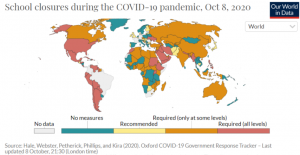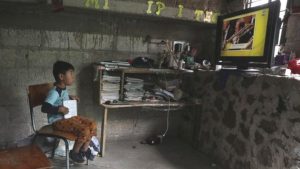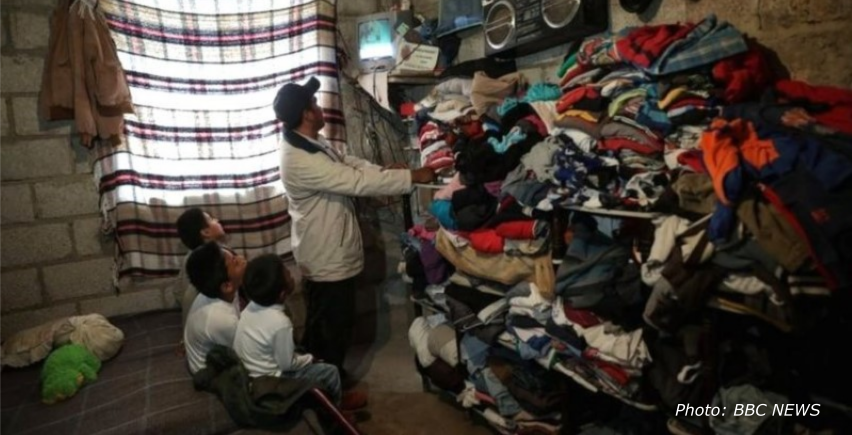In times of COVID-19 each of us is challenged with the new experience of social distancing and partial or full lockdowns. I don’t know about you, but at least I’ve suffered a bit from it. Well, let’s delete ‘a bit’. I’ve suffered. I’ve suffered from loneliness since living all by myself in Mexico. I’ve suffered financially since I lost my job due to the crisis. But next to my ability to suffer I also have some important strengths, namely: I live in the moment, I trust in life and, like animals, I adapt quickly and well to whatever situation. So I’m doing fine. But I’m running off the track.
Today I want to focus on the children. Have you thought about what this quarantine means to them? How social distancing, not having physical contact to other children may affect a child? What it signifies to young students being taught remotely alone in front of a computer due to worldwide school closures as a result of corona?

I know from friends in the US or Europe how tough and challenging online teaching has been for the students, but also for their parents and their teachers. Yes, I totally agree. But let me tell you: Your children are (quite) lucky under the circumstances.
Let’s take a look at Mexico. In Mexico, schools have been closed for 6 months now. In other words: Since March 30 million students couldn’t attend a school in person. However, in August, the beginning of the school year 2020/2021, Mexican schools also rescheduled their classes from the real to the virtual classroom and have taught the kids online.
Well, at least the blessed ones.
Because only 56% of the homes in Mexico (according to government statistics) have access to the internet, 13 million (!) students haven’t got the opportunity to study in the World Wide Web! 13 million! What a bummer!
13 million students don’t have internet access!
To not cut them completely off from education, the more viable option is to provide prerecorded classes on TV since 94% of Mexican families have a television. And the remaining 6%? Well, they obtain their academic knowledge from educational radio. No cap!

Photo: BBC NEWS
Surely, this is better than nothing. But this, just as surely, also widens the already existing education gap even more. Education Gap? This is a polite way to express the inequity that rich children get better education whilst the poor experience (once more) their disadvantage. Low education leads to lowered economic prospects later in life and this is not really helpful to eradicate poverty, to end hunger, or to ensure healthy lives, to name just a few of the 17 sustainable development goals. Let alone the children’s talents that are swept under the carpet.
Educational Gap – not all students are having the chance to use their full potential and bring the best out of them.
I have to admit that I don’t know how we can provide every single student with an equal opportunity to learn, but with this blog post I want to nudge you, that there are 13 million Mexican students and more than 460 million schoolchildren worldwide who are acquiring their mathematical, geographical, grammatical and whatever-cal knowledge from TV or radio – or not at all.

PS: I still haven’t told you how I landed in Mexico. But I will do, I promise.
PPS: But I want to share the good news that, in the middle of the COVID-19 crisis, I was able to find a new job! I now work remotely in Mexico as a transcriptionist for a German company. The only requirements are: Having a computer, electricity and internet access, and an excellent education of grammar (in my case German), things I had always taken for granted…

